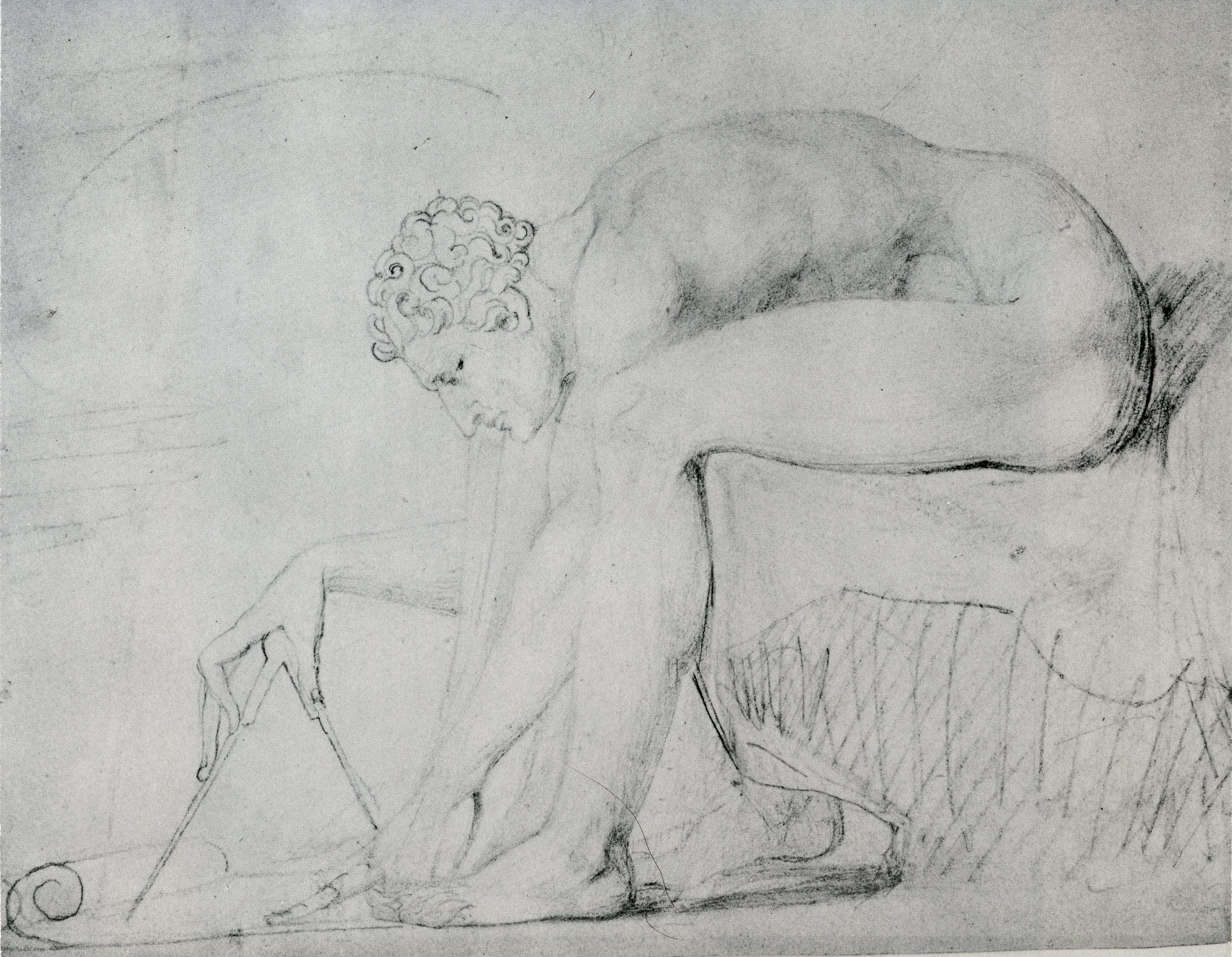
Frye's thoughts and writings on Blake and Milton were assembled in a volume published by the University of Toronto Press and appropriately named Northrop Frye on Milton and Blake:
"This volume brings together all of Frye's writings on Milton and Blake from 1947 to 1987 - published and unpublished essays, reviews, commentaries, and public lectures - with the exception of Fearful Symmetry...His engagement with Blake, meanwhile, was a personal, intellectual, and spiritual quest, leading him to became the world authority on Blake in the mid-twentieth century."
Here Northrop Frye provides some of his insight into Blake's symbolic meaning of male and female ( p 351):
"The traditional Christian symbolism, God the Creator is symbolically male, and all human souls, whether of men or of women, are creatures, and therefore symbolically female. In Blake, the real man is creating man; hence all human beings, men or women, are symbolically male. The symbolic female in Blake is what we call nature, and has four relations to humanity, depending on the quality of the vision. In the world of death, or Satan, which Blake calls Ulro, the human body is completely absorbed in the body of nature - a "dark Hermaphrodite," as Blake says in The Gates of Paradise (E 268).
In the ordinary world of experience, which Blake calls Generation, the relation of humanity to nature is that of subject and object. In the usually frustrated and suppressed world of sexual desire, which Blake calls Beulah, the relation is that of lover and beloved, and in the purely imaginative or creative state, called Eden, the relation is of creator to creature. In the first two worlds, nature is a remote and tantalizing "female will"; in the last two she is an "emanation."
Human women are associated with this female nature only when in their behavior they dramatize its characteristics. The relations between man and nature in the individual and historical cycle are different, and are summarized in the The Mental Traveller, a poem as closely related to the cyclical symbolism of twentieth-century poetry as Keats's La Belle Dame Sans Merci is to pre-Raphaelite poetry.
The Mental Traveller traces the life of a "Boy" from infancy through manhood to death and rebirth. The boy represents humanity, and consequently the cycle he goes through can be read either individually and psychologically, or socially and historically. The latter reading is easier, and closer to the centre of gravity Blake is talking about. The poem traces a cycle, but the cycle differs from that of the single vision in that the emphasis is thrown on rebirth and return instead of on death. A female principle, nature, cycles in contrary motion against the Boy, growing young as he grown old and vice versa."
2 comments:
It's "FRYE," not "FREY."
Thanks for the blog.
Thanks for the correction and thanks for reading.
Post a Comment